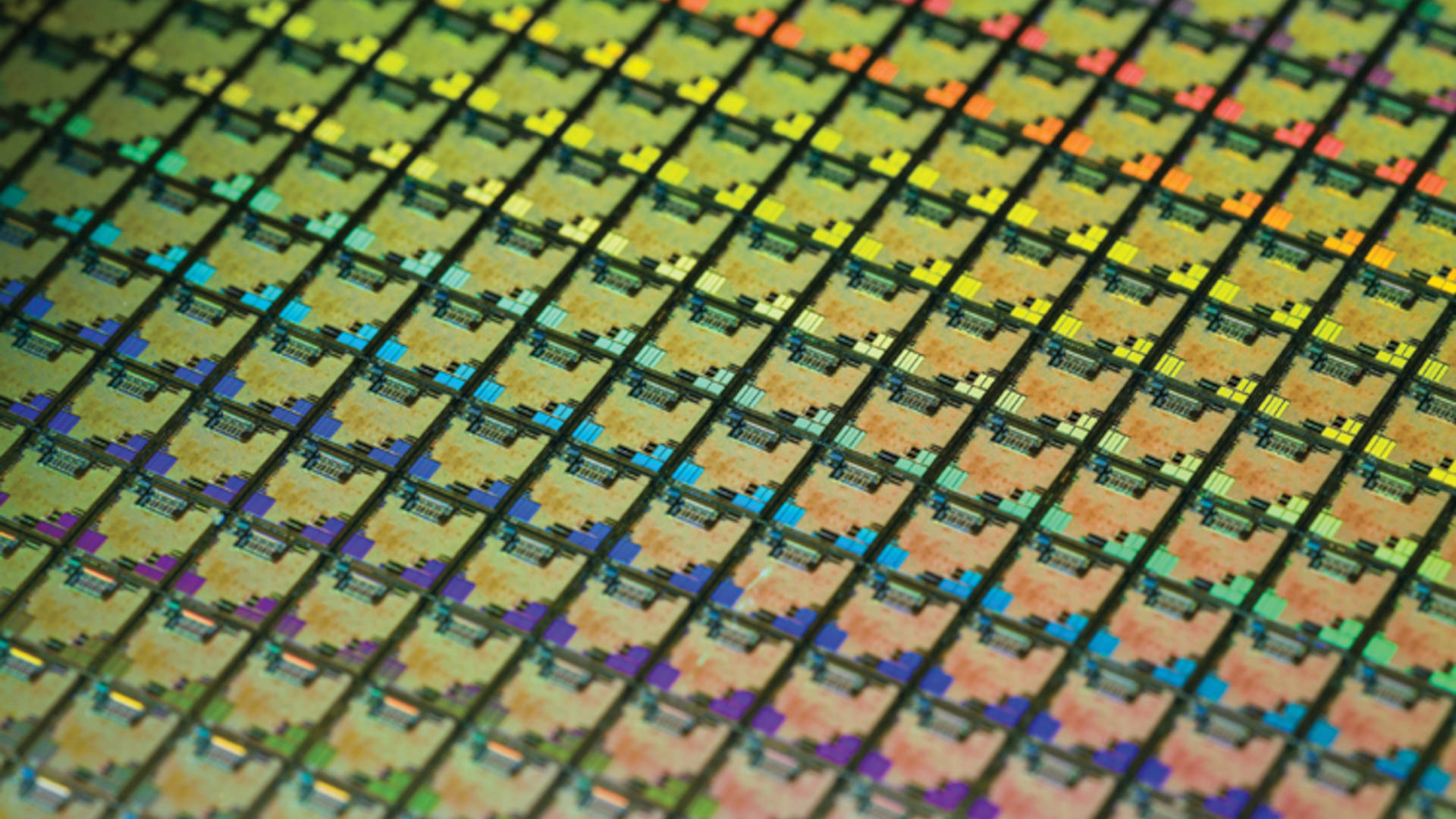
Stick "microcapacitors" onto to your list of future technologies that might just change the world. Researchers at Lawrence Berkeley National Laboratory (Berkeley Lab) and UC Berkeley have announced a breakthrough in microcapacitor energy storage and power density (via SciTechDaily), smashing through earlier records.
In simple terms, there's a benefit in storing energy locally on-chip, which can save on power transfer between components. It just hasn't been practical before because the very smallest capacitors have previously stored so little energy.
But the Berkley team have published a paper in the journal Nature, nattily titled "Giant energy storage and power density negative capacitance superlattices" and detailing a novel capacitor design made from engineered thin films of hafnium oxide and zirconium oxide, or HfO2-ZrO2 to the initiated.
The films are grown by atomic layer deposition, using standard materials and techniques from industrial chip fabrication. "We're doing this with a material that can be processed directly on top of microprocessors," says Sayeef Salahuddin, UC Berkeley professor and project lead.
The net result? Record breaking microcapacitors. Compared to the best existing electrostatic capacitors, these new microcapacitors have nine times higher energy density and 170 times higher power density at 80 mJ-cm-2 and 300 kW-cm-2, respectively.
"The energy and power density we got are much higher than we expected," says Salahuddin. "We've been developing negative capacitance materials for many years, but these results were quite surprising."
For the record, capacitors store energy in an electric field between two metallic plates separated by a dielectric material. So, they're quite unlike batteries, which store energy in electrochemical reactions.
Capacitors can be discharged and recharged extremely quickly, far more so than batteries. They also generally do not degrade with repeated charge-discharge cycles. The problem is energy density, which is or at least has been much lower than batteries.
As for where this technology could end up and what sort of devices it might enable, Internet-of-Things sensors, edge computing systems, and AI applications (inevitably) are all reportedly in the picture.
Exactly how the technology will be implemented is yet to be seen. We'd quite like a gaming handheld that had more than a couple of hours battery life. But it does seem like a genuinely new tool that could be used to create more efficient versions of pretty much any device with computer chips.
Who knows, maybe even Intel laptops with decent battery life will be possible with microcapacitors. If that's a cheap shot, there's certainly no doubting that any new technology that might contribute subtantially to improving power efficiency is very welcome indeed.







